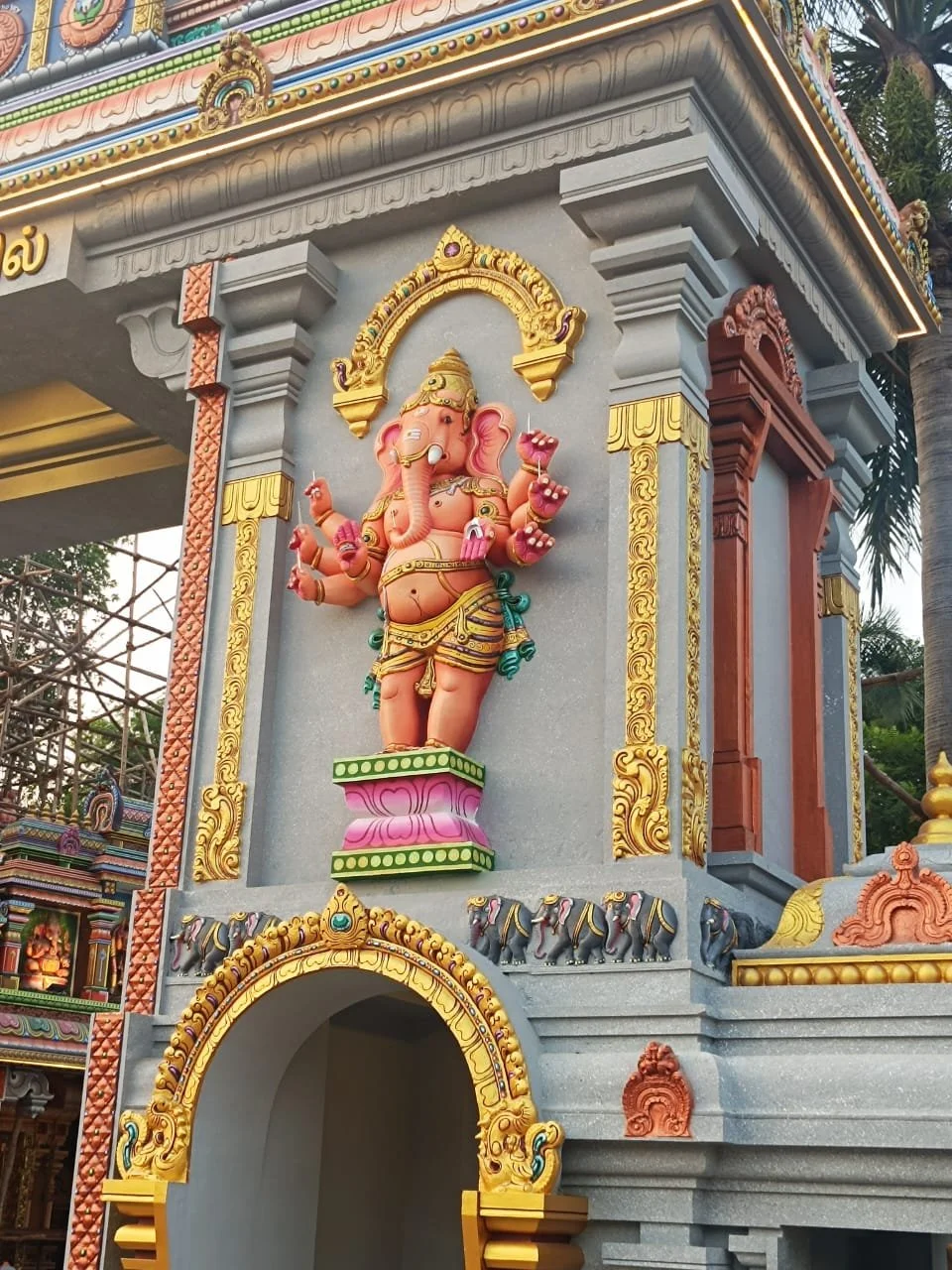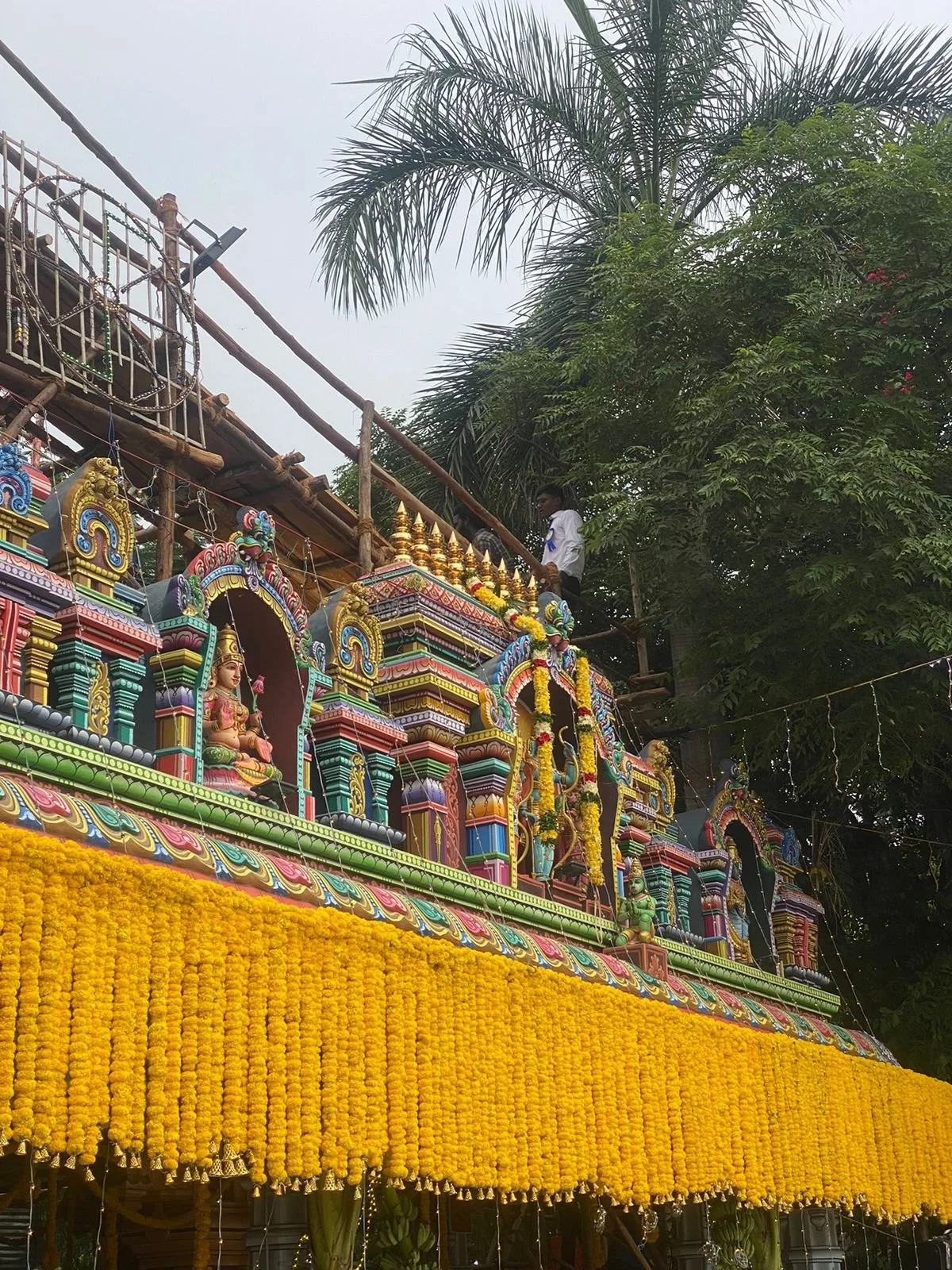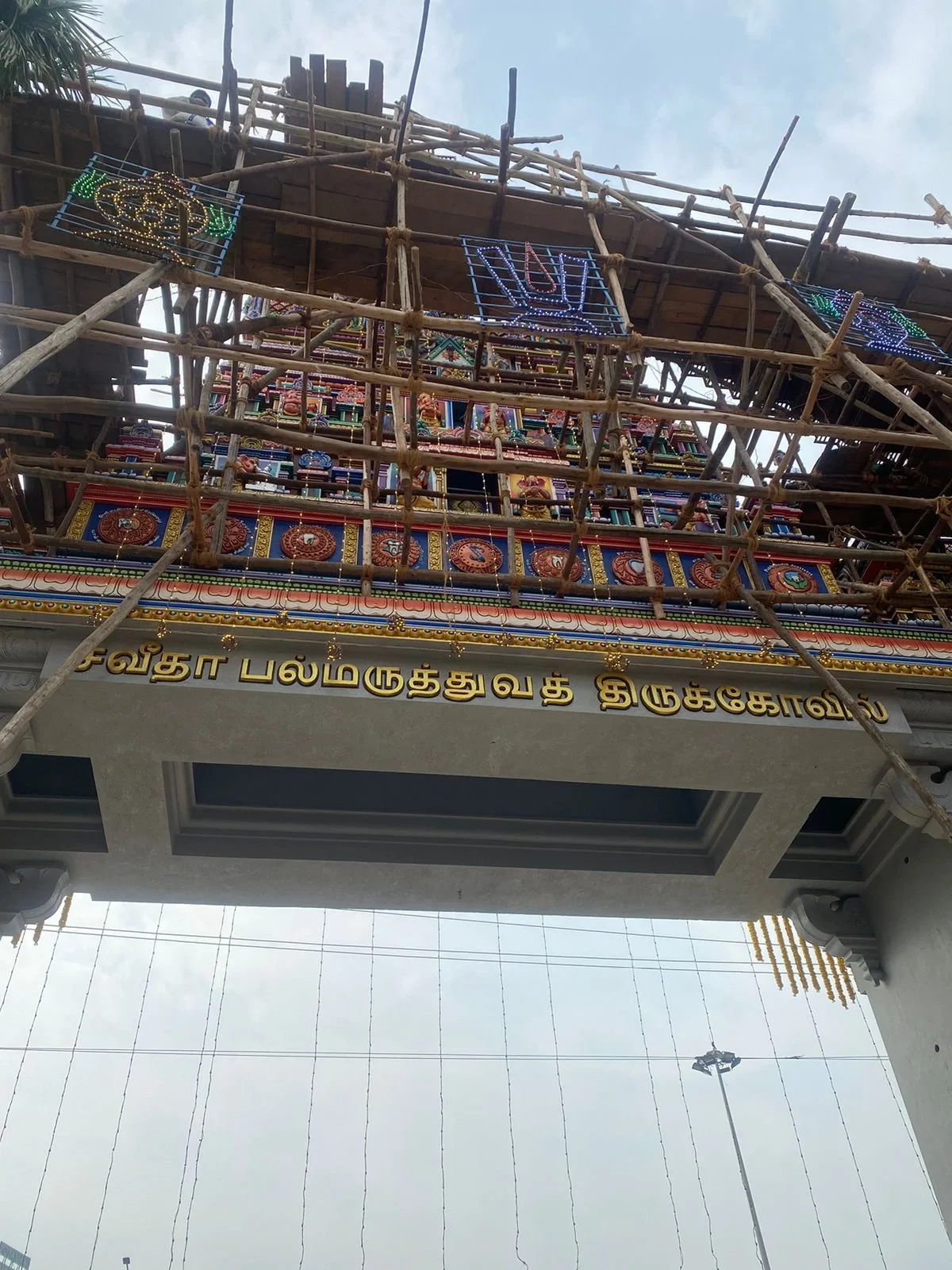Saveetha Dental College in Chennai is widely recognized not only for its contributions to dental education and clinical practice but also for its distinctive architectural identity. Unlike conventional academic institutions that often adopt modernist or functionalist designs, Saveetha Dental College draws inspiration from the traditional temple architecture of South India. This unique approach, envisioned by its founder, Dr. N.M. Veeraiyan, has positioned the institution as a landmark in Tamil Nadu, blending cultural heritage with the academic and clinical requirements of a modern dental school.
A Vision Rooted in Tradition and Innovation
When Dr. N.M. Veeraiyan established Saveetha Dental College, his vision went beyond creating just another educational facility. He wanted to design an institution that would inspire students, faculty, and patients while standing out in both appearance and purpose. For him, architecture was not simply about providing classrooms and clinics but about shaping an environment that communicated values, identity, and ambition.
The choice of temple-inspired architecture was intentional and deeply symbolic. Temples in India are not only places of worship but also enduring representations of knowledge, culture, and community. By drawing upon this tradition, Dr. Veeraiyan positioned Saveetha Dental College as a center where academic learning and service to society intersect within a framework that resonates with local cultural values.

Key Architectural Features
The temple-inspired design is evident across multiple facets of the college’s structure. The institution employs elements that echo the visual and spatial aesthetics of traditional South Indian temples, while still integrating the facilities required for a modern dental hospital and teaching environment.
- Temple Aesthetics: The façade and overall form of the buildings reflect the grandeur and symmetry often associated with temple architecture. This includes distinctive ornamental features, prominent gateways, and symbolic design elements that reinforce the college’s cultural identity.
- Symbolism and Structure: Traditional temple layouts often emphasize harmony, progression, and balance. These principles are subtly mirrored in the college’s design, creating a sense of order and continuity across its spaces.
- Integration with Functionality: While the visual inspiration comes from temples, the interiors are purposefully designed to meet the demands of dental education. Classrooms, laboratories, clinics, and patient-care units are seamlessly integrated into the structure, ensuring functionality is never compromised.
Architecture as a Learning Environment
The architectural design of Saveetha Dental College is more than a symbolic gesture; it plays an active role in shaping the educational experience. Academic institutions often influence the mindset of students through their physical environments, and this college is no exception.
The temple-inspired setting contributes to a sense of dignity and inspiration. For students, it provides a backdrop that is both culturally familiar and intellectually stimulating. The environment encourages focus, discipline, and respect for the pursuit of knowledge—qualities that align closely with the ethos of dental education. For patients visiting the hospital facilities, the architecture offers a sense of reassurance and comfort, as it connects medical service with cultural rootedness.
Significance in the Cultural Context
In Tamil Nadu, temple architecture holds a central place in the state’s heritage. By adopting this design language, Saveetha Dental College reinforces its connection to the local cultural and historical context. This is particularly important in higher education institutions, which often risk appearing detached from regional traditions in pursuit of globalized models.
Saveetha’s architectural identity demonstrates that modern institutions can celebrate local culture while also meeting international academic standards. In doing so, it provides a model for other educational facilities that wish to preserve cultural resonance while maintaining global relevance.

Why the Architecture Matters?
The architectural identity of Saveetha Dental College carries multiple layers of importance.
- Distinctive Institutional Identity: In a landscape where most educational institutions adopt conventional or purely functional designs, Saveetha’s temple-inspired architecture makes it immediately recognizable. This distinctiveness enhances the college’s visibility and strengthens its reputation as a pioneering institution.
- Cultural Continuity: By drawing inspiration from traditional temples, the college creates continuity between the past and the present. It becomes not just a site of education but also a space that reinforces collective memory and cultural values.
- Enhanced Atmosphere for Learning and Care: The college’s design contributes to an inspiring learning environment for students and a welcoming space for patients. Architecture here plays a psychological role, fostering motivation, trust, and confidence in those who engage with the institution.

A Model for Institutional Design
Saveetha Dental College’s architecture illustrates how educational institutions can use design as a strategic tool. By merging cultural symbolism with modern academic needs, the college has created a space that is functional, inspiring, and memorable. This model demonstrates that institutions need not follow uniform global templates; instead, they can develop identities rooted in their cultural and regional contexts.
For students, faculty, and patients, the temple-inspired architecture is not just an aesthetic choice—it is part of the institution’s living identity. For the founder, Dr. N.M. Veeraiyan, it represents the realization of a vision: a model dental college that stands apart, both in academic achievement and in cultural resonance.
Saveetha Dental College in Chennai represents a rare convergence of cultural heritage and modern educational infrastructure. Its temple-inspired architecture is more than an external feature—it is central to the institution’s identity and purpose. By drawing from traditional South Indian design while meeting the practical demands of a dental college and hospital, the architecture shapes the atmosphere, reinforces cultural ties, and enhances the educational experience. In doing so, Saveetha Dental College has set itself apart as not just a place of learning but also a cultural landmark in the evolving landscape of higher education in India.
Images- opath.sdc.saveetha.com









.png)